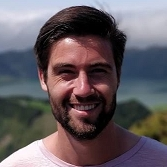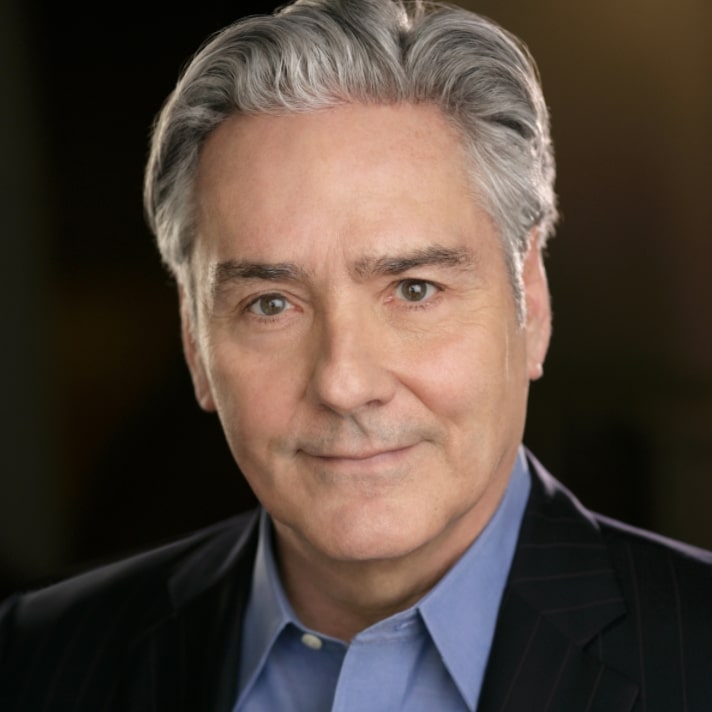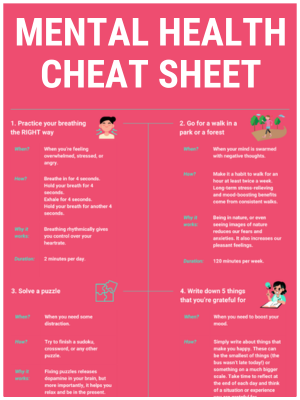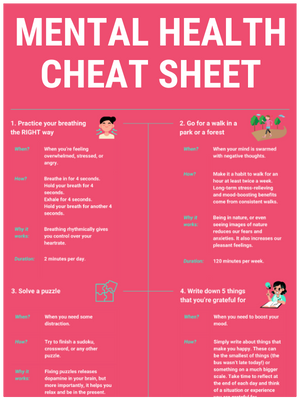Contents
Hello! Who are you?
My name is Michael Baldwin. I was born in Denver, CO, grew up in northern California, and have lived in New York for the past 35 years. I spent 40+ years in the advertising and branding industry and have had my own communications and branding practice for the past 13 years.
I am 68 years old, single, with three siblings. My life so far has had three acts: Act I: childhood trauma, Act II: development of a “perfect persona” to survive and mask the damage the trauma had caused, and Act III: birth of an authentic me, rediscovered after EMDR therapy.
I consider myself lucky to have survived my past and to have finally been able to leave it where it belongs: in the past.
In the present, I have discovered the miracle of Transcendental Meditation and the peace of mind and centering it has brought me. I am increasingly aware of the fragility and impermanence of life and looking forward to going to parts of the world I haven’t seen with people I truly enjoy.
💡 By the way: Do you find it hard to be happy and in control of your life? It may not be your fault. To help you feel better, we’ve condensed the information of 100’s of articles into a 10-step mental health cheat sheet to help you be more in control. 👇
What is your struggle and when did it start?
My struggle began in early childhood. I was traumatized by physical, emotional, and sexual abuse as a child and suffered from long-term neglect.
As a toddler, I would be left alone in the backyard, barefoot, wearing only a diaper. When I wandered away, the neighbors would find me walking alone on the sidewalk and bring me home.
My mother labeled me “accident prone” and her solution was to tape industrial carpeting to my forehead, making me the target of stares and teasing. Because she had boundary issues, during bath time there were hyper-sexualized encounters with inappropriate touching.
I was constantly bullied at home by my older brother and in school by the class bully beginning in 3rd grade. Anyone who has been the victim of bullying knows that you live in a constant state of terror and never feel safe.
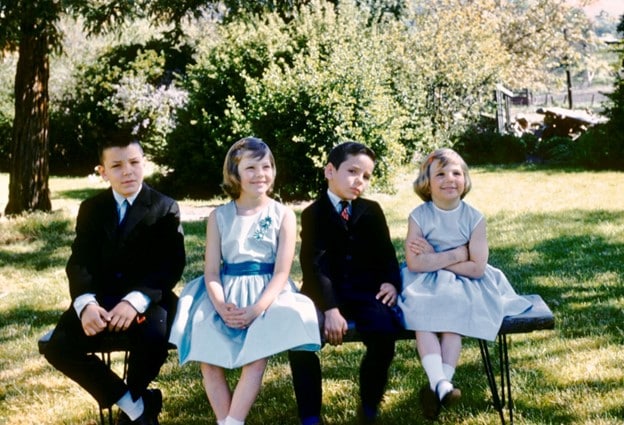
Nightmares and phobias—like not being able to use a stall in a public restroom—made early life in school particularly agonizing. I was a trauma victim, but I didn’t know it.
How did this struggle make you feel at your worst moments?
As a child, I lived with the belief that I was unlovable and no good. Unable to form any attachment to either of my parents, I grew up with no one to turn to, feeling alone and unsupported all the time.
Although I grew up in an affluent family, there was no security, structure, or safety and so I had a constant, pervasive feeling of uncertainty and anxiety from the earliest memory. For decades, I suffered from recurring nightmares about falling off the Empire State Building.
As an adult, I became a status and achievement junkie caught in a “goal set; goal achieve” loop. I also suffered from a panic-inducing aversion to any kind of intimacy with a woman.
As my anxiety levels grew, I turned to alcohol and then combined that with Vicodin to fend off the bad feelings. I would drink to the point of blacking out on a regular basis, sometimes never knowing how I got home.
The final straw was when I was laid off from the New York office of Ogilvy & Mather, the advertising agency, where I had wanted to work for my whole career. That’s when the wheels really came off because my whole view of myself and my worth in the world was tied to my job and career.
👉 Share your story: Help thousands of people around the world by sharing your own story. We would love to publish your interview and have a positive impact on the world together. Learn more here.
Was there a moment when you started to turn things around?
After seeing 7 different therapists and being exposed to various types of therapy (talk therapy, CBT, Intensive Short-Term Dynamic Psychotherapy, etc.) over a period of 22 years, I finally met Dr. Jeffrey Magnavita, an EMDR therapist.
I had never heard of Eye Movement Desensitization and Reprocessing (EMDR) and didn’t know anything about trauma—not one of my previous therapists had ever mentioned the word. During my first EMDR session, I could tell that this therapy was going to make a difference.
EMDR is a memory-based talk therapy that involves bilateral (side-to-side) eye movements. No one is exactly sure why, but bilateral eye movements can desensitize overwhelming traumatic memories enough to allow our “thinking brains” to cooperate with our “emotional brains,” helping to eventually make sense of those experiences.
Through this work, I was able to process my unresolved trauma and overcome my debilitating symptoms. EMDR therapy gave me the substantive, long-term relief I had been seeking for so long.
What steps did you take to overcome your struggle?
I spent 2 years in EMDR therapy. The work was intense, painful, gut-wrenching…and transformative. It took me 2 years of therapy because I was suffering from complex trauma.
For many people, it takes less time. There has been a mountain of research over the past 30 years documenting the virtual elimination of PTSD symptoms in as few as three 90-minute sessions.
I started with the earliest disturbing memories, experiencing the very emotions—just as vivid and all-encompassing—that I had at the time. I very quickly felt the lid come off the fear, pain, longing, and grief—unbearable at the time—that I had buried deep in my brain since I originally experienced these feelings.
And this is not an intellectual exercise; during my EMDR sessions, I would experience these feelings as deeply as I had as a boy. This “processing” of my unresolved traumatic memories is what finally freed me from their grip—from the anxiety and phobias and my self-destructive behavior: alcohol abuse, Vicodin abuse, isolation, perfectionism, and grandiosity.
Have you shared any of this with people around you in real life?
Because EMDR was lifesaving for me, I wanted to share it with as many people as possible. I decided that writing a book would be the best way to do this. I reached out to renowned EMDR therapist, Deborah Korn, PsyD, and she was enthusiastic.
We collaborated on a book that decodes trauma and explains EMDR. It offers Dr. Korn’s professional perspective and mine as a survivor. I share my life story, so other people who are struggling will know they are not alone.
If you could give a single piece of advice to someone else that struggles, what would that be?
Don’t wait! EMDR has been shown to be one of the most effective and efficient treatments for trauma and PTSD.
If you or someone you care about is suffering, don’t wait—seek out an EMDR therapist and begin your healing journey. Healing from trauma doesn’t have to take a lifetime!
Where can we go to learn more about you?
My co-author and I have created a website for our book for anyone who is interested in learning more: Every Memory Deserves Respect. MichaelBaldwinInc.com is the website for my communications and branding practice.
💡 By the way: If you want to start feeling better and more productive, I’ve condensed the information of 100’s of our articles into a 10-step mental health cheat sheet here. 👇
This Cheat Sheet Will Help You Be Happier and More Productive
Thrive under stress and crush your goals with these 10 unique tips for your mental health.
Want more interviews?
Continue reading our inspiring case studies and learn how to overcome mental health struggles in a positive way!
Want to help others with your story? We would love to publish your interview and have a positive impact on the world together. Learn more here.
